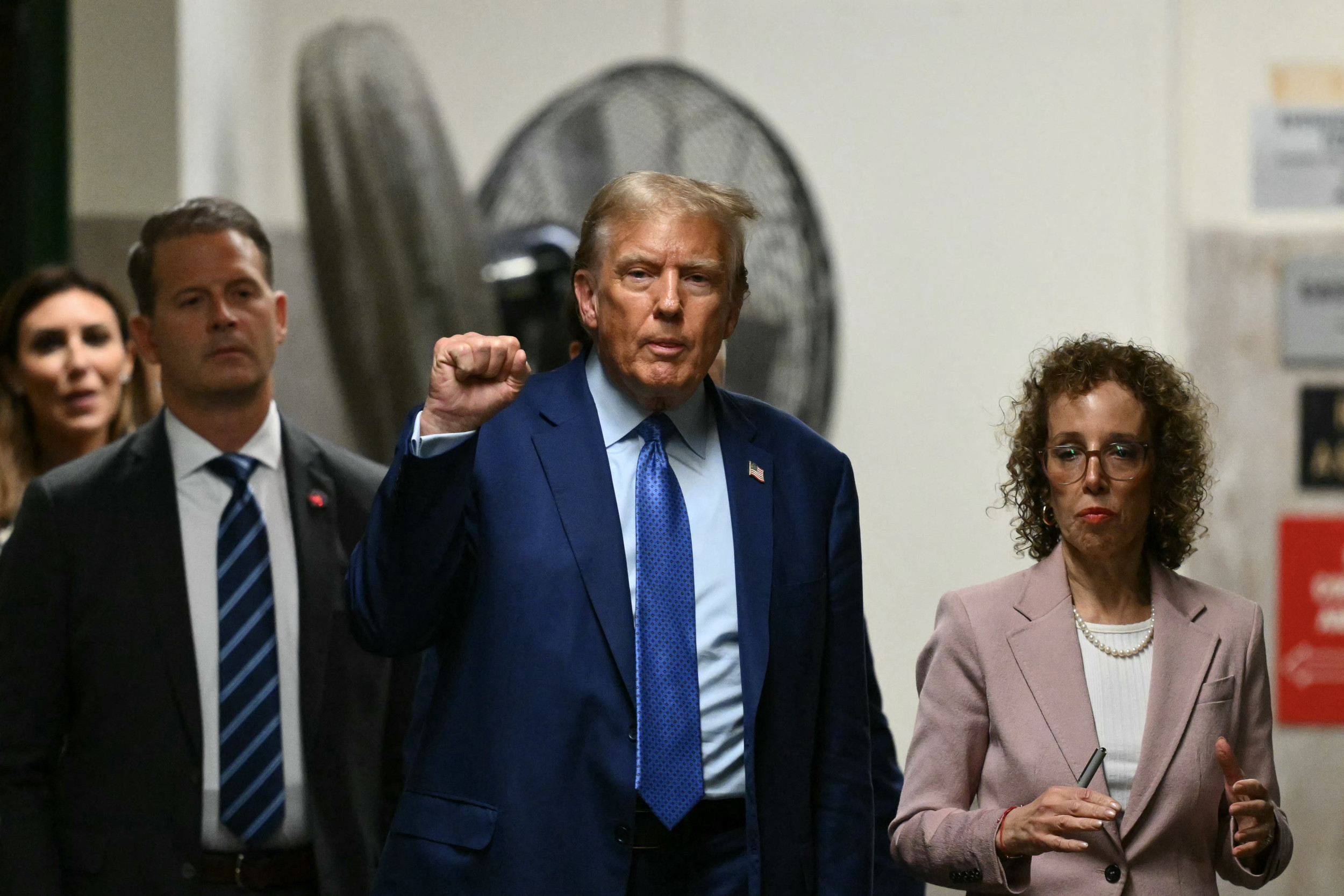This article first appeared on the Foundation for Economic Education site.
Last week was International Yoga Day. As a Midwesterner who's never been to India, it's strange that I know there was a Yoga Day – let alone what yoga is. Yoga is, after all, a practice invented over 5,000 years ago by Indian holy men.
To figure out how yoga conquered the world, BBC News looked at its history.
Swami Vivekenanda is seen as the man who brought yoga to the West. The monk from Kolkotta traveled to the Parliament of Religions in Chicago in 1894 and spoke about India and Hinduism before embarking on an influential lecture tour of the United States.
His book Raja Yoga was written in Manhattan in 1896 and had a major impact on Western understandings of what yoga was. Over the coming decades, more teachers and disciples of Indian gurus would travel to Europe and America.
For 5,000 years a few Indian monks had practiced yoga as a way of attaining mindfulness. Yet between the 1890s and now 2 billion people have come to practice it worldwide. For perspective on just how quickly yoga spread, most of our grandparents' parents were born in the 1890s.
We take this rapid communication and cultural exchange for granted now, but it's not normal, historically speaking. It's not by chance that Swami Vivekenanda wrote the book that jumpstarted yoga as a global phenomenon in Manhattan.
New York City, its streets and skyscrapers already bustling with commerce and ideas in 1896, was a global city. Its large immigrant population and growing artistic and industrial exports connected it to the world in ways that should still awe us.
Just a century before 1896, the idea of an Indian man coming to New York was alone astonishing; just a century after 1896 it is common practice. This technology and cooperation that opened global travel to more and more humans is a product of the ideals of free trade, born of the Scottish Enlightenment.

By opening borders to trade and allowing human creativity to flourish without heavy-handed intervention by hereditary nobility and political elites, New York and other cities across the globe had become centers of learning, producing, and sharing unlike any time in history.
In the past, kings in castles organized human activity rather than people in cities, so trade and travel were restricted to that which benefitted the king. As cities grew and merchants became powerful, the Enlightenment progressively overturned that precedent, meaning people moved and traded on their own terms and kept most of the proceeds, rather than giving it all to the king.
This broke down national barriers and led to innovations in transportation and every other kind of technology so that by 1896, Mr. Vivekenanda could take a boat from India literally to the opposite side of the globe in about ten days. Before, it would have taken months. Now, it takes hours.
After completing the astounding journey to New York, Mr. Vivekenanda should have been equally shocked to find people there interested in what he had to say. Such openness is likewise historically atypical.
The ideals that had borne him there by open borders and free markets were also the ideals that opened his audience's mind. To tear down the barriers of political and economic class, the Enlightenment espoused the universal value and intellect of mankind. As a result, the thoughts and values of people outside one's social group suddenly had value.
New York is the marvelous product of this openness to which Mr. Vivekenanda arrived in 1896. Granted, gilded age New York was not a haven of tolerance by today's standards.
But consider that had Mr. Vivekenanda arrived in America in 1696 and written a book on yoga, there's a chance they would have burned him for witchcraft. These things take time.
Indeed, in time, billions of people globally would come to practice yoga for its physical, mental, and other benefits. Today, in our contact with the world, we have accrued tolerance as well as wealth, new friendships as well as new products. Far from a life of "bowling alone" in social isolation or "amusing ourselves to death," globalization and technology enriches our lives with deeper friendships and the tools to cultivate the life of the mind, more so than the pre-globalized world.
Our connection with the world permeates our everyday lives. From the clothes we wear to the foods we choose to the friends we make, the ideals of dignity and openness have led to unknown flourishing which, like yoga, benefits more than our bodies.
Albert Gustafson is a senior at Indiana Wesleyan University and a Policy Fellow at the Platte Institute in Omaha, Nebraska.
Uncommon Knowledge
Newsweek is committed to challenging conventional wisdom and finding connections in the search for common ground.
Newsweek is committed to challenging conventional wisdom and finding connections in the search for common ground.
About the writer
To read how Newsweek uses AI as a newsroom tool, Click here.






